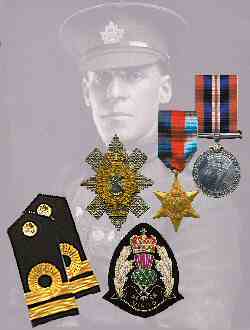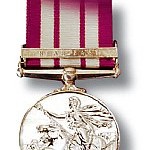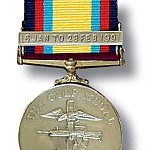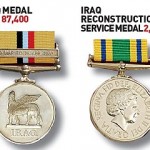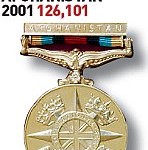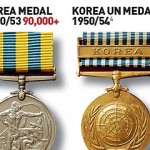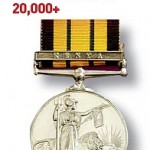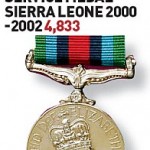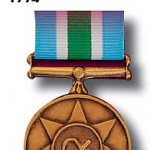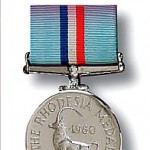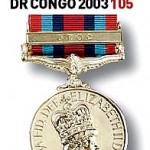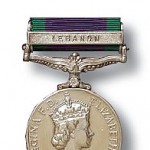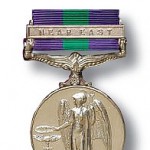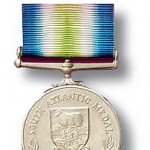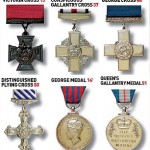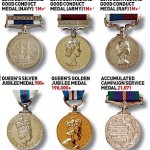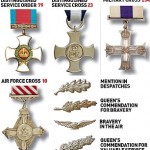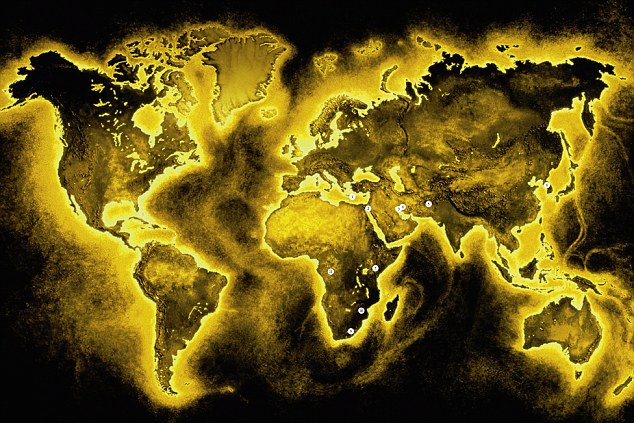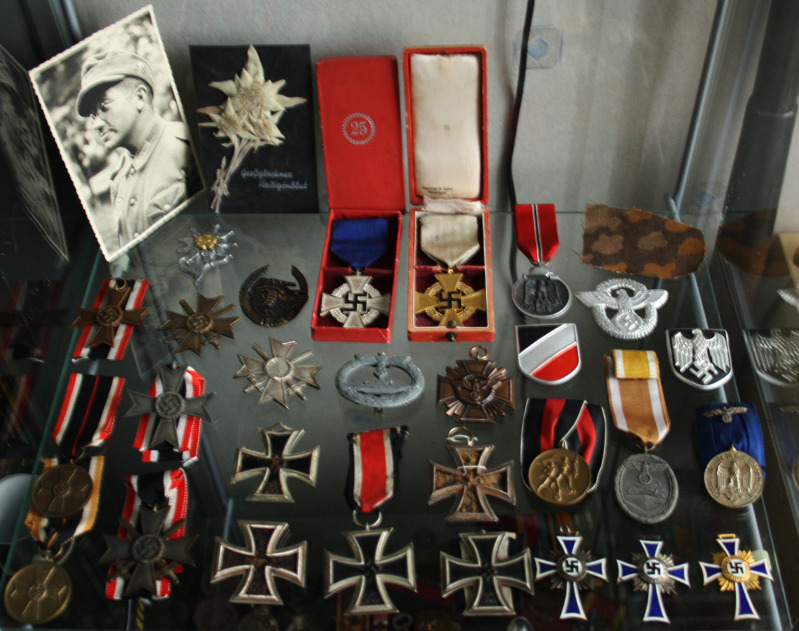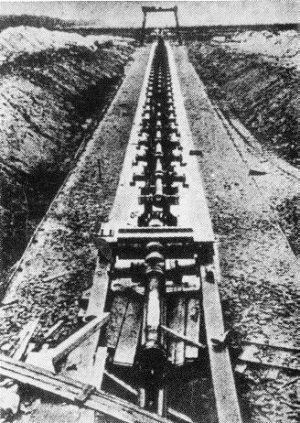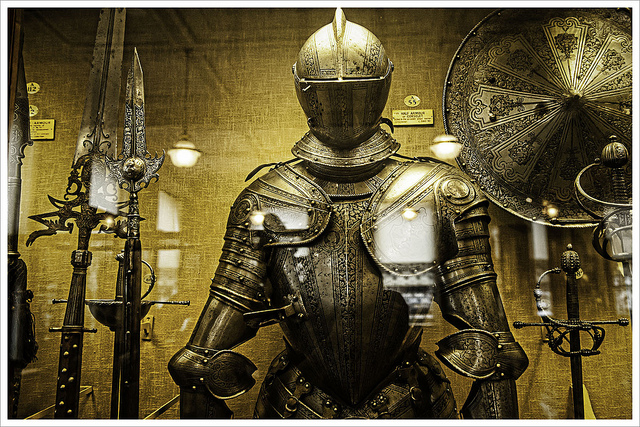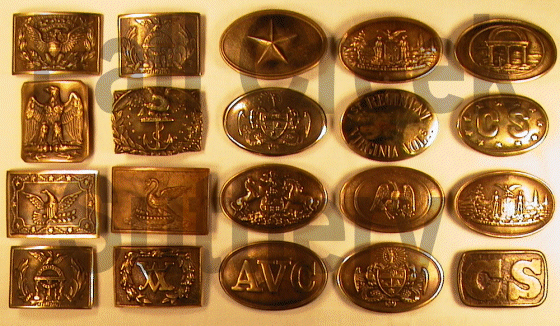What’s that medal for?
In 1588, Queen Elizabeth rewarded her naval officers with the Armada Medal, cast in pure gold or silver, after the Spanish were repelled in the Channel. Since then, the state has rewarded the service of its military with a vast catalogue of crosses, ribbons, medals and orders – a system never more relevant than today, with so many of our troops in Afghanista
1. Figures do not include civilian awards
2. Figures of 1M+ for all three services combined
3. Awarded to part-time members; total figure currently unavailable
4. Current totals unavailable
5. Figures included in those for General Service medal
6. Multi-national joint operation. Figures for British troops are not available
7. Awarded for service in Yugoslavia, Kosovo, the Republic of Macedonia, Iraq and Afghanistan. The figure relates to all Nato troops
8. Figures of 1M+ for all GSM medals combined. The original GSM was redesigned in 1962, and was replaced in 2000 by the OSM
The medals shown here fall into two broad categories: campaign medals associated with a particular campaign, and honour and service medals, which are awarded for gallantry and long service respectively.
The campaign medals, which here are linked to the map, above, relate to the location of campaigns that have taken place since Queen Elizabeth II acceded to the throne in 1952.
The tables headed Honours and Other Awards – displays other service and gallantry medals available to current members of the military. The first two rows are ranked from left to right, top to bottom, in order of superiority; beyond those, there is no hierarchy.
HONOURS AND OTHER AWARDS
The number of medals that have been awarded since 1952 is shown in red – some records are approximates, particularly those for long service, for which a large number of medals have been issued over a long period of time. A few are impossible to specify, as our footnotes explain.
Service medals are awarded to all personnel who serve in a particular conflict for a minimum period of time, which varies between five and 30 days, depending on the operation.
As well as combat troops, intelligence staff, auxiliary staff and members of the civil service based at home and abroad are eligible for campaign medals. For example, all those stationed at military bases in Cyprus are eligible for the Iraq medal, as it is deemed part of the theatre of combat.
The General Service Medal has been given for the majority of campaigns – the medal and ribbon design don’t change; instead servicemen and women are issued with a clasp denoting each theatre of operations in which they have served, from Northern Ireland to Kuwait. Apart from the Long Service and Good Conduct medals below, all the figures are for all three services. For example, the Air Force Cross and the Distinguished Flying Cross are awarded for any act of bravery that took place in the air, by any service.
Military medals are awarded twice a year; in the New Year’s honours list and in the Queen’s Birthday honours. The Army, RAF and Royal Navy are each consulted about the award and eligibility criteria for campaign medals.
HIGHEST MILITARY HONOUR
The medals system has been changed several times over the years; the most significant overhaul came in 1993, when the Military Medal, Distinguished Service Medal (DSM), Distinguished Conduct Medal (DCM) and Conspicuous Gallantry Medal were all discontinued, and the Conspicuous Gallantry Cross (CGC) was introduced.
The CGC takes over from the DCM and DSM, as well as replacing the Distinguished Service Order (DSO) when the award is for gallantry. The DSO is still awarded for outstanding leadership in the field.
The Victoria Cross remains the highest military honour available. In total, 1,356 have been issued since its creation, but only 13 have been awarded since the end of World War II.
Most recently the VC was awarded posthumously in December 2006 to Corporal Bryan Budd, of 3 Parachute Regiment, for his actions fighting the Taliban on two separate occasions in July and August 2006.

